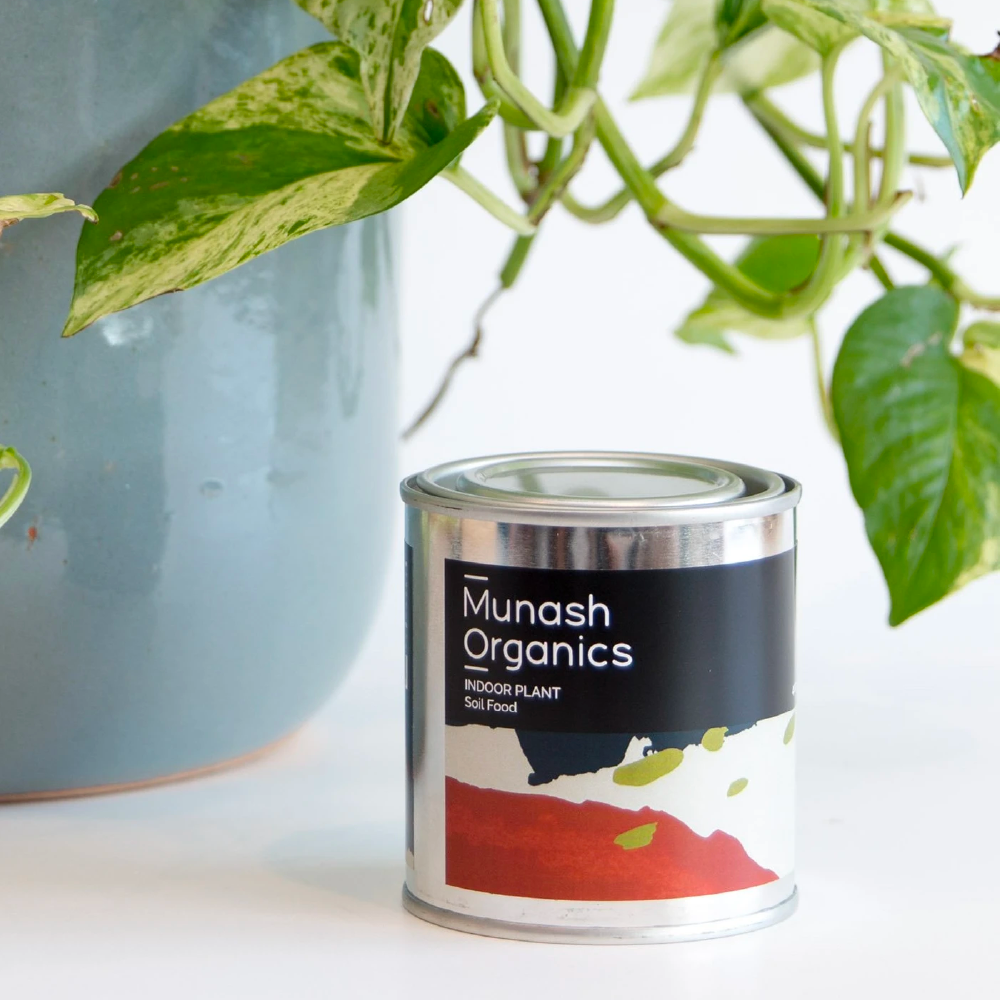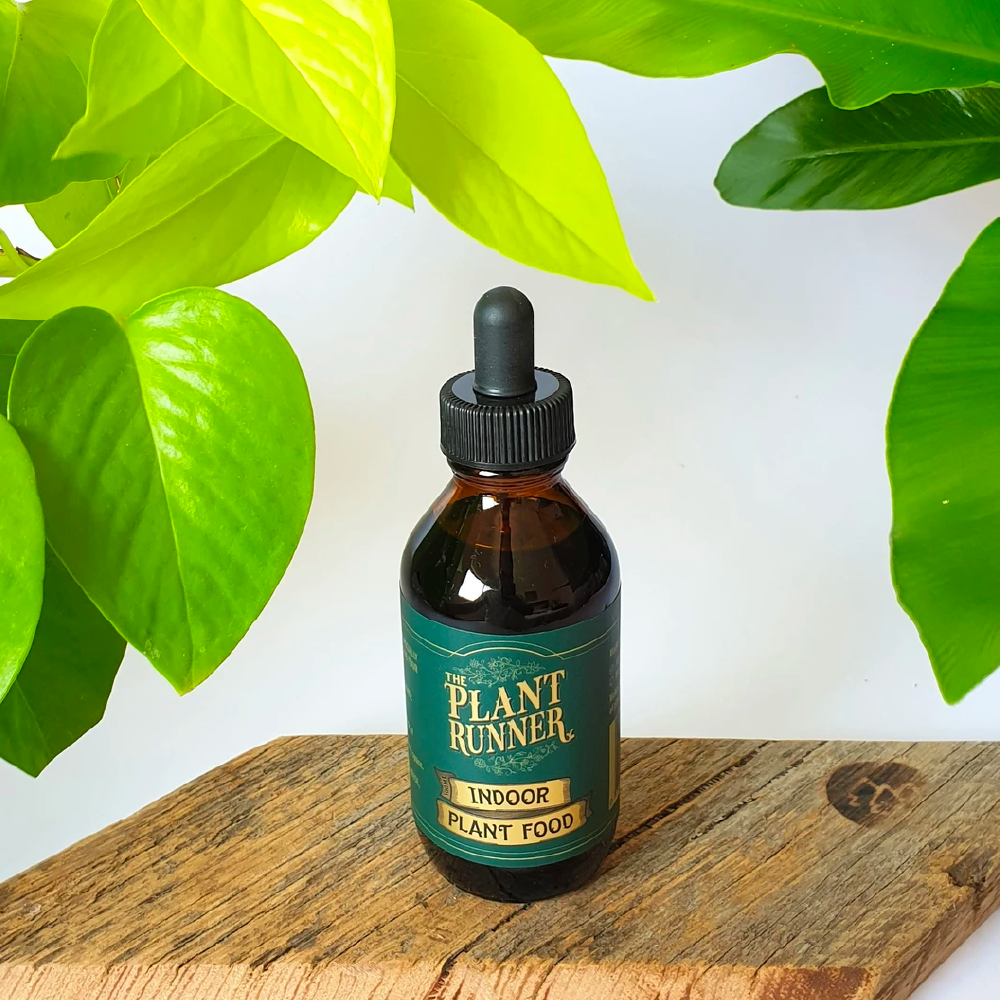
With spring right around the corner, your houseplants are coming out of their dormant period, making it the perfect time to prep your houseplants for the active growing season ahead.
We've put together a few tips to help you understand when, how and why you should fertilise your indoor plants to encourage lush, leafy growth.

Fertiliser is like a multivitamin for your houseplants containing all of the essential nutrients they would typically receive from the soil in their natural outdoor environment. However, the nutrients found in the soil of our indoor potted plants get depleted over time, so they require supplemental feeding to be healthy and thrive in your home.
Indoor plants only need fertiliser when they are actively growing, so the general rule of thumb for the annual fertiliser application is to apply in early spring when the weather is warmer and more light streams through your windows. If you're spotting a few new leaves and buds, that's your cue to start your plants on a feeding schedule to help support growth.
It's important to note that more is not necessarily better – it is possible to over-fertilise. We suggest starting slow and diluting your fertiliser, and watching to see how it reacts. If you see any browning leaves around the edges or residue on the outside of the pot, this could be signs of "fertiliser burn".
Spring is the ideal time to repot your plants so that they have room for new root growth. However, this also means their roots are more vulnerable to fertiliser burn. As well, they will have additional nutrients the fresh potting soil so it is best to wait a few weeks for them to get settled into their new home before feeding them.
Finally, it's also time for some spring cleaning! Be sure to wipe your plant's leaves down with natural neem oil to help them photosynthesise to the best of their abilityand trim off any yellowing or brown leaves to help new stems develop. During the cooler months, you likely repositioned your plants so they could get adequate light. The sun's angle is changing again, so take a look and shuffle your plants around your home to ensure they get a good amount of indirect sunlight, but not so much that they get scorched.

